As a seasoned baker, I’ve learned that sometimes, the smallest changes can make the biggest difference. Take, for instance, substituting vegetable oil in brownies.
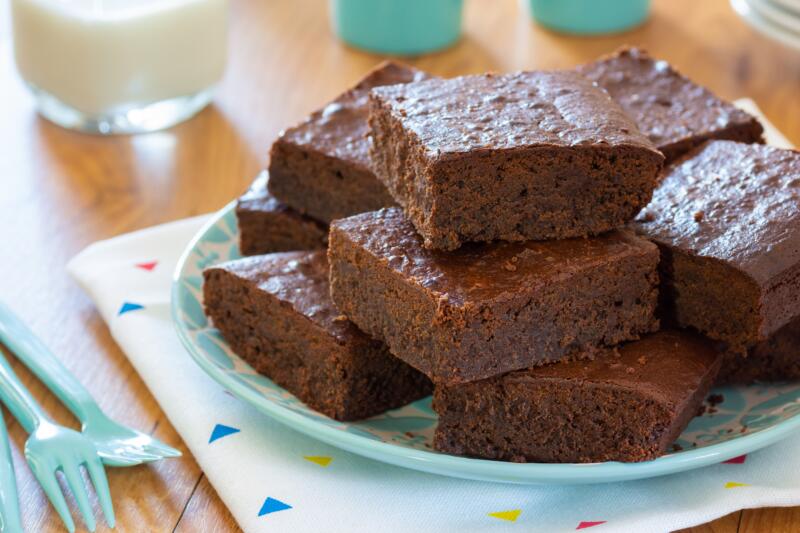
It may seem like a minor tweak, but it can transform your brownies in terms of taste, texture, and even health benefits.
From olive oil to coconut oil, there are numerous vegetable oil alternatives that can enhance the flavor of your brownies while also offering a nutritional boost. Why not explore these options?
In this article:
Benefits of Substituting Vegetable Oil in Brownies
When it comes to baking, every ingredient matters. But what if I told you that you could make your brownies even better by simply substituting the vegetable oil?
Yes, you heard it right! Substituting vegetable oil in brownies can not only offer healthier options but also enhance the taste of your finished product.
Olive oil can give a slightly fruity touch, while avocado oil has a buttery flavor that can make brownies taste richer.
These oils are packed with health benefits too. Olive oil boasts a high content of heart-healthy monounsaturated fats, while avocado oil is abundant in oleic acid, a monounsaturated fat known to combat inflammation.
By substituting vegetable oil with these alternatives, you can create brownies with a moist texture and unique flavor profile, all while making a healthier choice.
So, the next time you bake, consider using a substitute for vegetable oil and see the difference for yourself!
The Role of Vegetable Oil in Baking Brownies
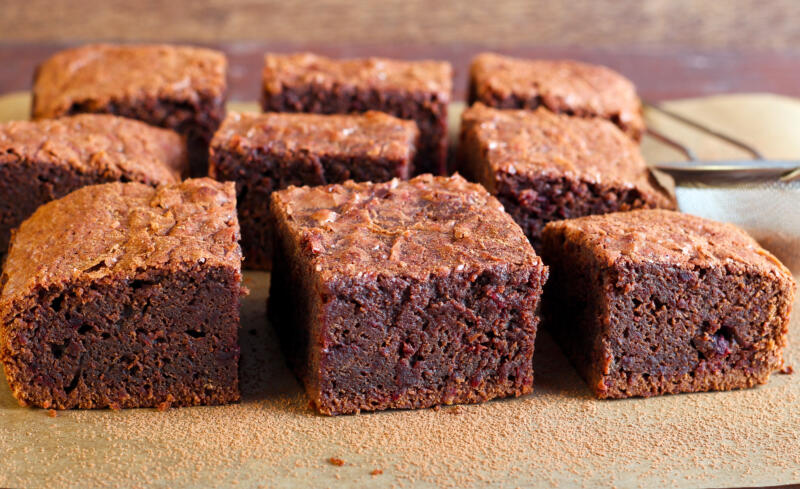
But before we delve deeper into the alternatives, let’s first understand the role of vegetable oil in baking brownies.
Vegetable oil is more than just a greasing agent. It plays a crucial role in moisture retention, giving your brownies that fluffy texture we all love.
Vegetable oil is what we call a ‘shortener’ in baking terms. It interferes with gluten formation, resulting in a denser and more fudgy brownie. Without it, your brownies might end up being tough and chewy rather than soft and moist.
So, when we talk about substituting vegetable oil, we need to ensure that the alternative can perform these functions effectively.
After all, we wouldn’t want to compromise the texture and moistness of our brownies, would we?
Cup for Cup Substitution

A typical brownie recipe might call for about a third to half a cup of vegetable oil.
But what if you want to use a substitute for vegetable oil? Well, the good news is that you can use a variety of oils, including canola, olive, and avocado oils, among others.
The concept of a “cup for cup” substitution method is pretty straightforward.
It simply means replacing the same amount of vegetable oil with an equal amount of your chosen substitute.
Thus, if your recipe demands a cup of vegetable oil, simply replace it with an equal amount of your preferred alternative.
Types of Oils to Consider as a Substitute
When swapping out vegetable oil in brownies, certain oils stand out more than others. Some oils can add unique flavors, while others can offer additional health benefits.
Let’s explore some of the best oils you can use as a substitute for vegetable oil in your brownie recipes:
1. Canola
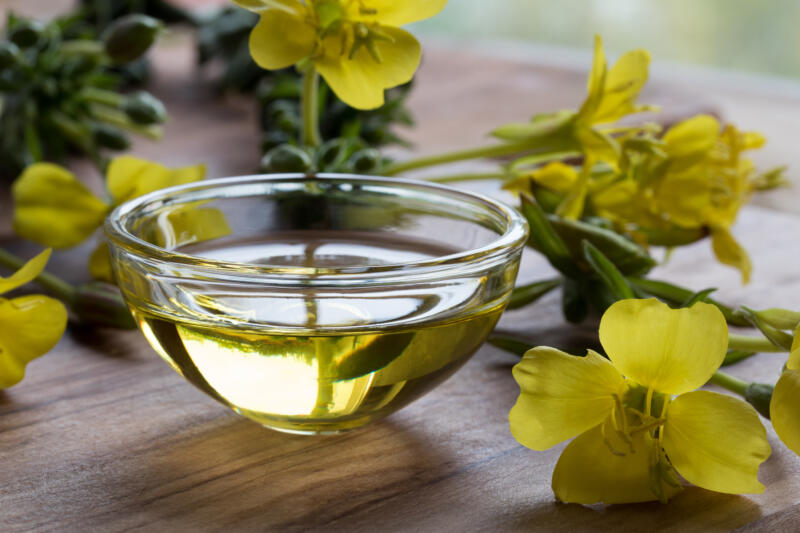
Diving into the world of baking alternatives, canola oil shines brightly.
This oil, known for its light flavor, ensures that the rich chocolate essence of your brownies remains the star.
For those who have a specific preference in oils, there might be a subtle shift in taste, but it’s so slight that most wouldn’t notice.
Beyond its culinary attributes, canola oil is nutritionally commendable, boasting a high content of monounsaturated fats and a beneficial omega-3 fatty acid profile.
In the realm of brownies, it not only guarantees a moist and soft texture but also stands as a healthier choice.
And for the practical bakers out there, the switch is seamless: canola oil can directly replace vegetable oil at a 1:1 ratio, simplifying your baking process.
2. Olive
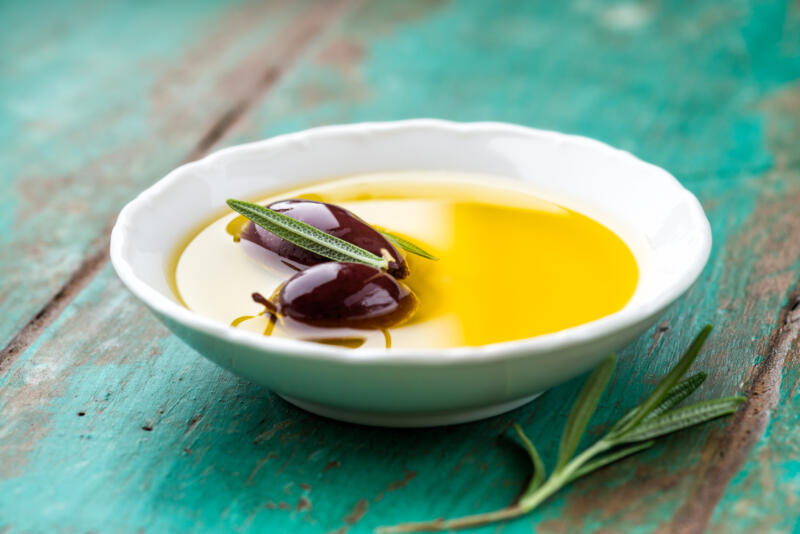
Using olive oil in place of vegetable oil in brownies is a wise choice. With its rich profile of monounsaturated fats and antioxidants, it not only boosts the health quotient but also imparts a unique flavor profile.
Given its high smoke point, olive oil remains stable during baking, ensuring no harmful compounds form.
For a seamless swap in your brownie recipe, just use olive oil in the same quantity as vegetable oil.
While it may add a slight fruity note to your brownies, it won’t overpower the chocolatey goodness we all love.
3. Avocado
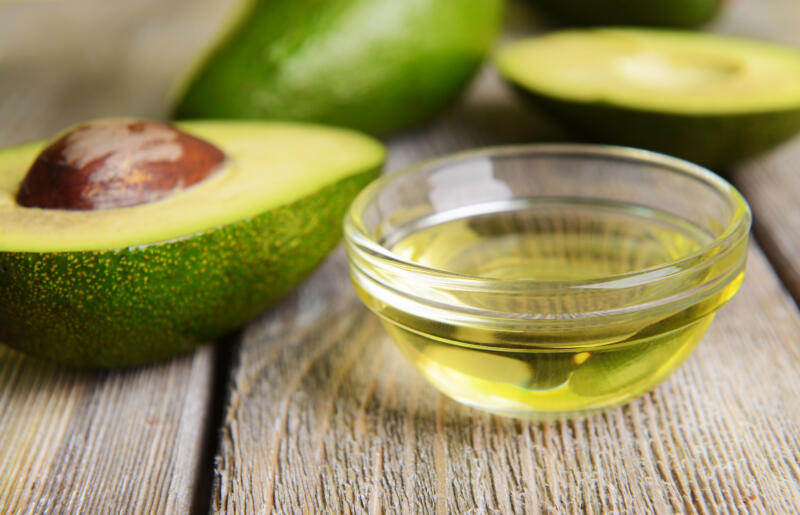
Last but not least, let’s talk about avocado oil. This oil is a great substitute for vegetable oil in brownies, thanks to its mild flavor, high smoke point, and nutritional benefits.
Avocado oil is high in monounsaturated fats and vitamin E, making it a healthier choice.
Avocado oil can enhance the moist and tender texture of your brownies, adding a subtle buttery richness to the finished product.
And the best part? You can substitute vegetable oil with avocado oil in a 1:1 ratio, making it an easy and straightforward swap in your brownie recipes.
4. Coconut
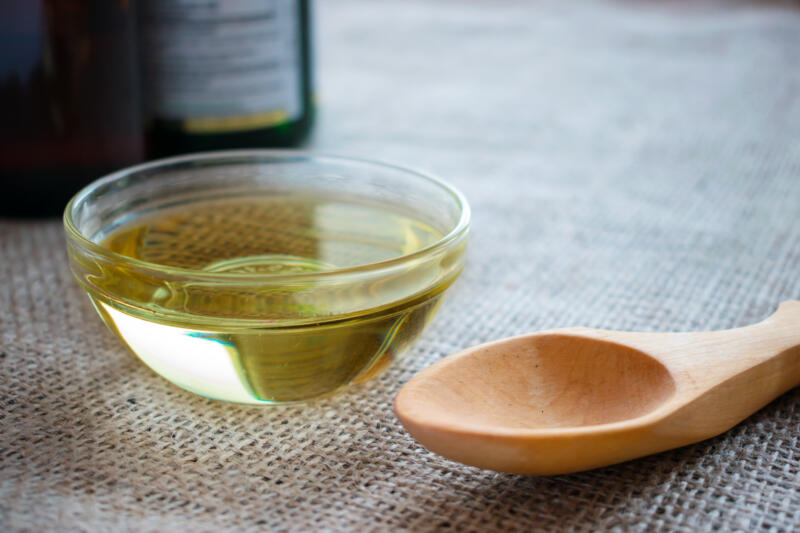
Coconut oil has gained traction as a preferred alternative to vegetable oil in brownie recipes.
It enhances the richness of the flavor with a coconut aroma that complements the brownies without overpowering them.
If someone prefers a neutral flavor, they can opt for refined coconut oil, which has a more muted or neutral taste compared to virgin coconut oil.
When used in brownies, coconut oil imparts a moist and fudgy texture, similar to vegetable oil.
It’s important to mention that coconut oil contains a significant amount of saturated fats, which may impact cholesterol levels.
If you’re seeking an alternative to vegetable oil that maintains the desired texture and flavor, coconut oil can be considered, but it’s essential to use it in moderation due to its saturated fat content.
Substitutes with Mild Flavors and Neutral Tastes
When substituting vegetable oil in brownies, it’s not just about the health benefits. It’s also about enhancing the flavor and texture of your brownies.
Let’s explore some substitutes that can add a mild flavor and a neutral taste to your brownies, making them even more delicious.
5. Greek Yogurt & Plain Yogurt
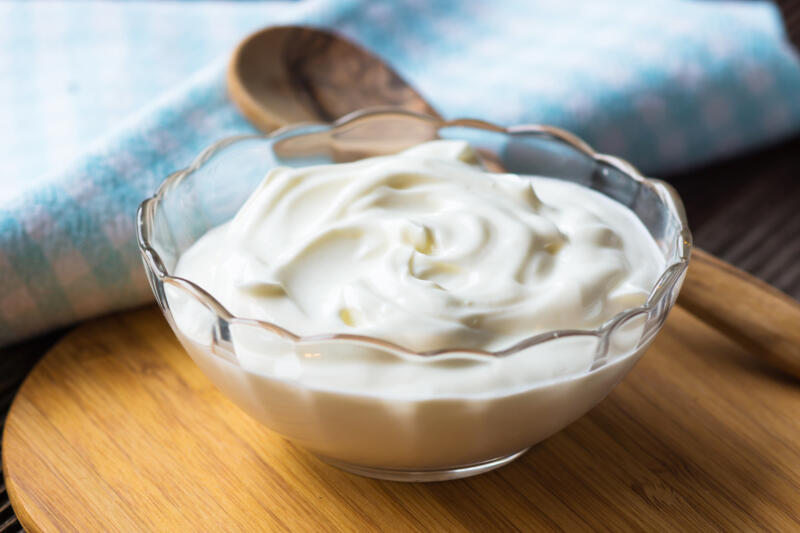
Greek yogurt and plain yogurt are excellent substitutes for vegetable oil in brownies.
These dairy items can impart a velvety consistency and a distinct taste to your brownies, elevating their appeal.
Swapping oil for yogurt is straightforward. For every cup of oil your recipe requires, you can seamlessly substitute it with an equal amount of yogurt.
The result? Brownies that are moist, creamy, and packed with flavor.
6. Unsweetened Applesauce
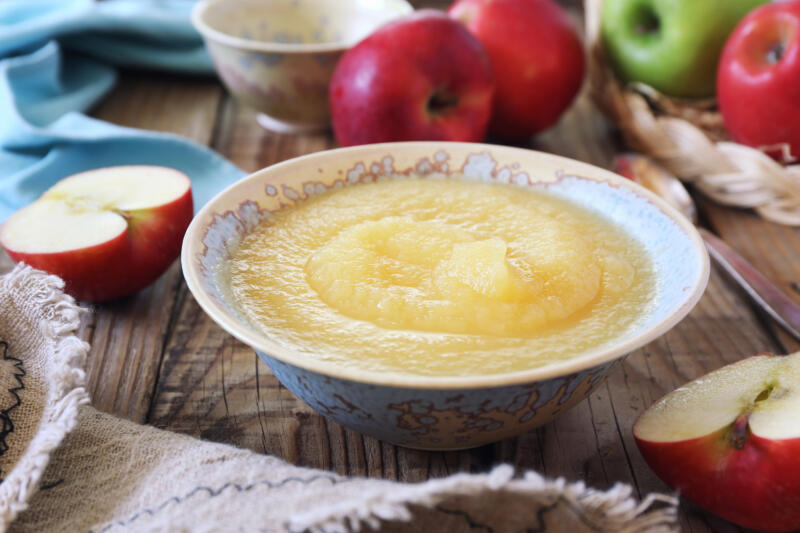
Unsweetened applesauce serves as an excellent alternative to vegetable oil in brownies.
Its inherent moisture and smooth consistency ensure your brownies remain soft and rich.
Typically, you’d use 3/4 cup of applesauce in place of 1 cup of vegetable oil. Alternatively, consider blending half applesauce with half coconut or avocado oil to introduce some fats.
While applesauce may impart a slight fruity taste to your brownies, it’s subtle enough to not overpower the chocolate flavor.
7. Butter

Butter is a time-honored substitute for vegetable oil in brownies and for good reasons. It imparts a rich and distinct flavor that elevates the taste profile of the brownies.
Additionally, butter contributes to a moist and tender texture, making the brownies delectably soft.
However, when opting for butter, it’s essential to remember that it contains higher amounts of saturated fats compared to most vegetable oils.
Eating large quantities of saturated fats can affect heart health, so it’s essential to consume them in moderation.
Butter can also be more calorie-dense than some vegetable oils, potentially increasing the overall caloric content of the brownies.
Despite these considerations, substituting butter for vegetable oil is straightforward. Simply use equal measurements.
8. Margarine
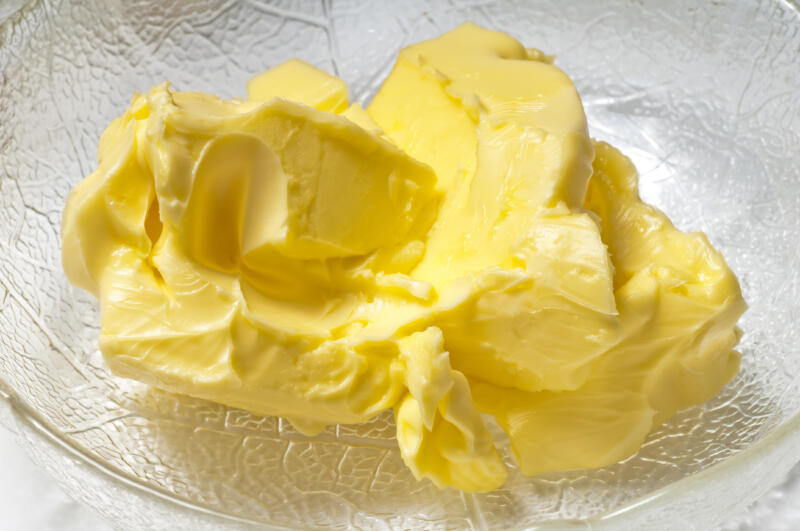
Margarine, a blend of vegetable oils and water, serves as a viable substitute for vegetable oil in brownies.
Often used as an alternative to butter, margarine comes in both solid and liquid forms. When baking with margarine, simply melt and mix it with the dry ingredients.
However, it’s worth noting that some margarines, particularly the older or less expensive types, may contain trans fats.
These fats can negatively impact cholesterol levels and increase heart disease risk.
While many contemporary margarines have minimized or removed trans fats, always inspect the label for clarity.
Additionally, while vegetable oil imparts a moist and fudgy consistency to brownies, using margarine might slightly tweak the flavor and texture.
9. Mayonnaise

Mayonnaise in brownies might sound unconventional, but some bakers use it as a substitute for vegetable oil.
While it offers a creamy texture similar to butter, there are considerations to keep in mind.
The distinct taste of mayonnaise can influence the flavor of the brownies.
Its composition, which includes egg yolks and other ingredients, might alter the fat content and potentially make the brownies denser or more cake-like.
Commercial mayonnaises often contain added salt, potentially increasing the sodium content of your brownies.
Moreover, its thicker consistency compared to vegetable oil might require recipe adjustments.
Using mayonnaise can result in moist brownies, but it’s essential to be aware of these factors to achieve the desired outcome.
If you’re feeling adventurous in your baking, you can try mayonnaise, but it’s crucial to adjust the recipe accordingly.
10. Cornstarch
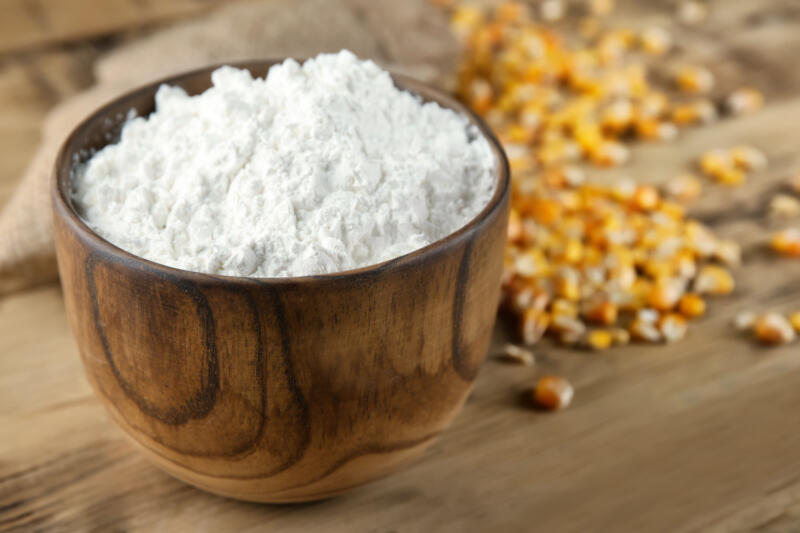
Cornstarch is indeed an unconventional yet viable substitute for vegetable oil in brownies when mixed with water to form a smooth mixture.
Its main benefit is its reduced fat content, offering a lighter choice for those mindful of their fat consumption.
Additionally, its neutral flavor ensures that the rich chocolate taste of the brownies remains unaltered.
In terms of texture, cornstarch can influence the consistency of brownies.
Depending on the amount used, it can make brownies more dense or cake-like, rather than the typical fudgy texture achieved with oils or fats.
Over-reliance on cornstarch can also lead to a drier texture, as it lacks the moisture that fats provide.
While cornstarch can be a healthier alternative due to its lower fat content, it’s essential to use it judiciously to ensure the desired taste and texture in your brownies.
Considerations When Substituting Vegetable Oil
Substituting vegetable oil in brownies is not just about swapping one ingredient for another.
It’s about understanding how different substitutes can affect the texture, taste, and cooking times of your brownies.
Different substitutes can bring about different results. Some might make your brownies more moist, while others might add a unique flavor.
So, it’s important to consider these factors when choosing a substitute for vegetable oil in your brownie recipes.
After all, the goal is to create brownies that are just as delicious, if not more, as the original recipe.
Health Benefits
Substituting vegetable oil in brownies isn’t just about enhancing flavor and texture—it’s also about boosting the nutritional value of your treats.
Certain oils, such as olive, avocado, and canola oils, offer significant health benefits compared to vegetable oil, thanks to their higher nutritional value and lower processing levels.
Olive oil, for instance, is rich in monounsaturated fats and antioxidants, which can help lower cholesterol and reduce the risk of heart disease.
So, by choosing these vegetable oil alternatives, you’re not just making your brownies taste better—you’re also making them healthier.
Closing Thoughts
We’ve covered a lot of ground in this article, exploring the many ways you can substitute vegetable oil in brownies.
From olive oil to Greek yogurt, there are numerous alternatives that can enhance the flavor, texture, and even the health benefits of your brownies.
Why not explore these alternatives? You could stumble upon a delightful new recipe!
If you have any questions or comments, or if you’ve tried any of these substitutes, we’d love to hear from you! Happy baking!